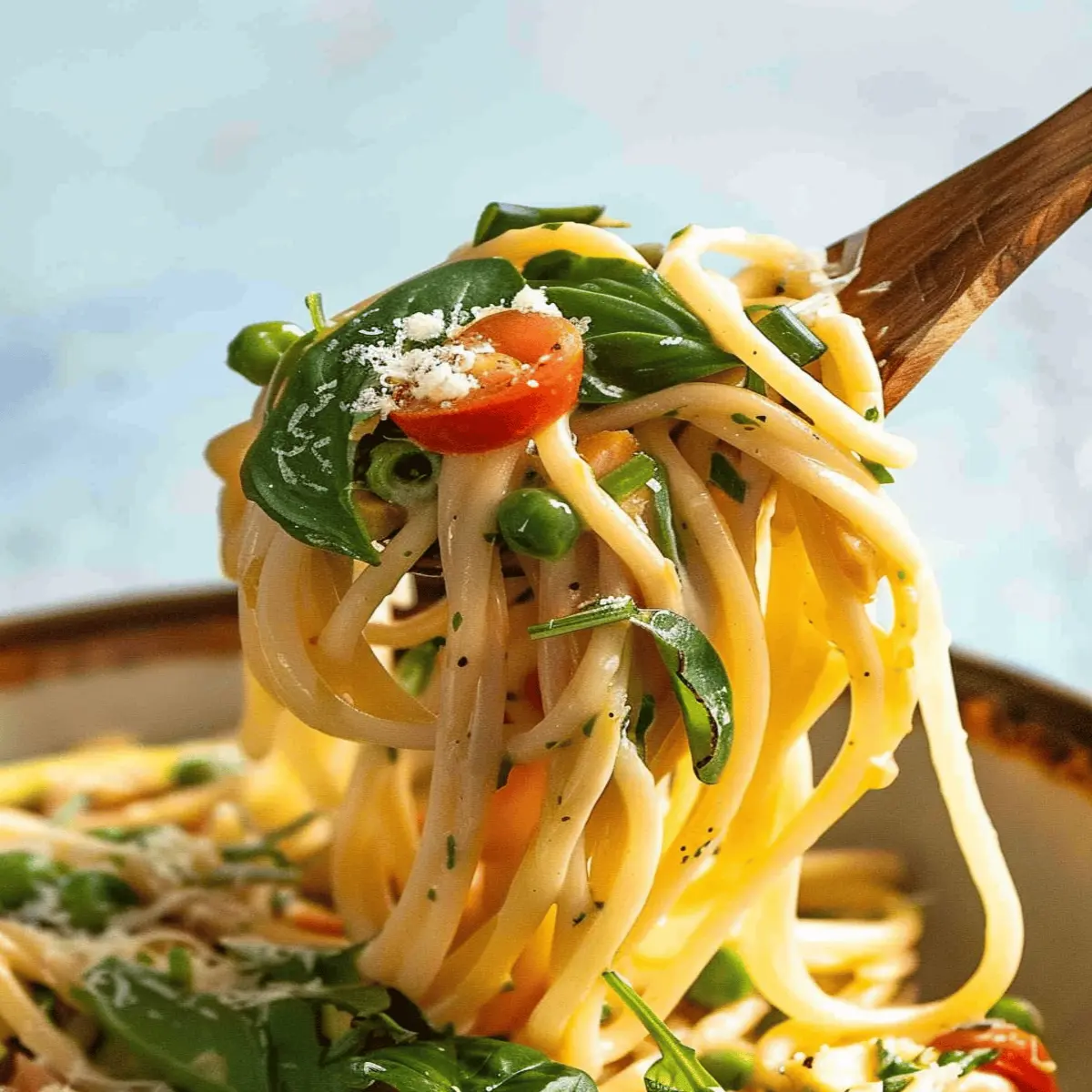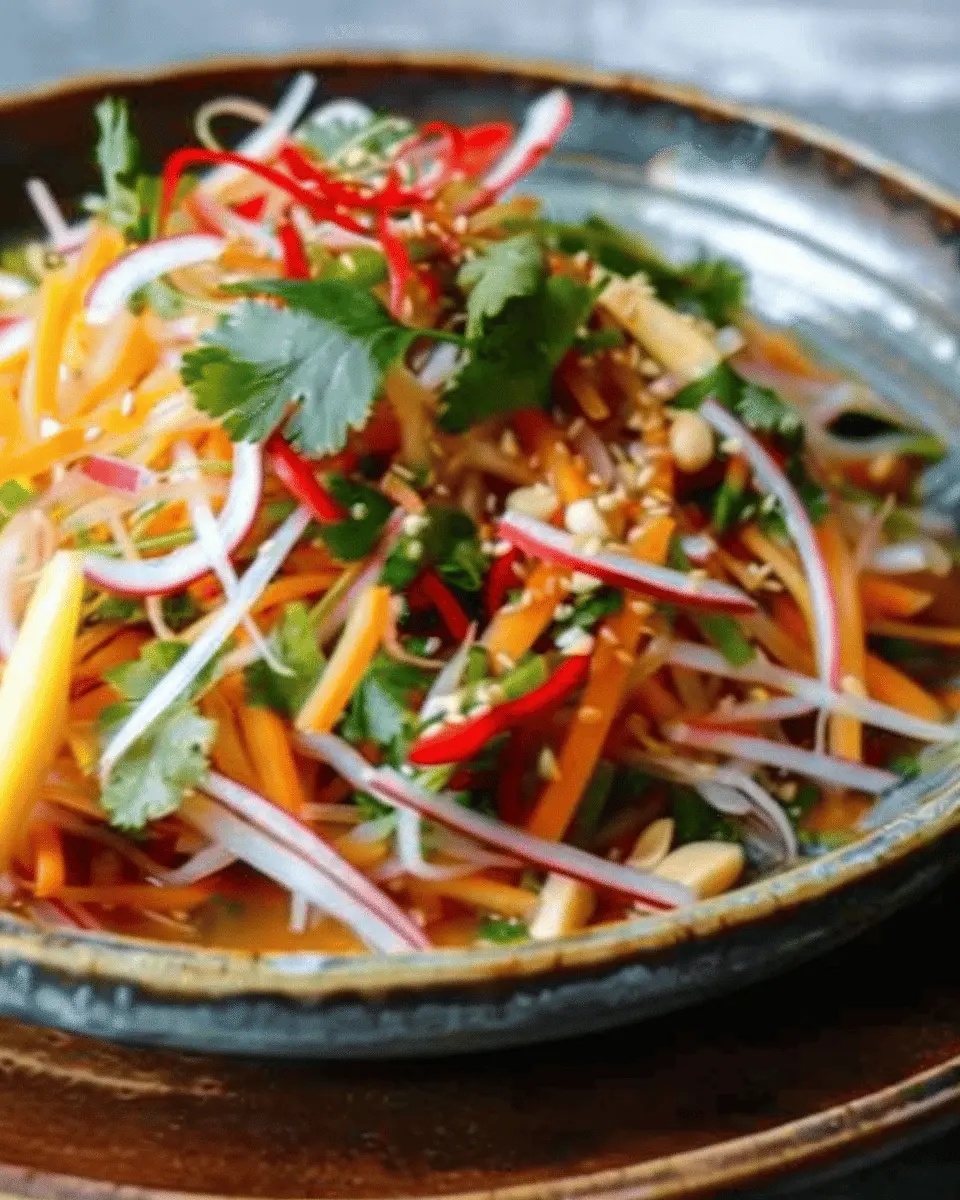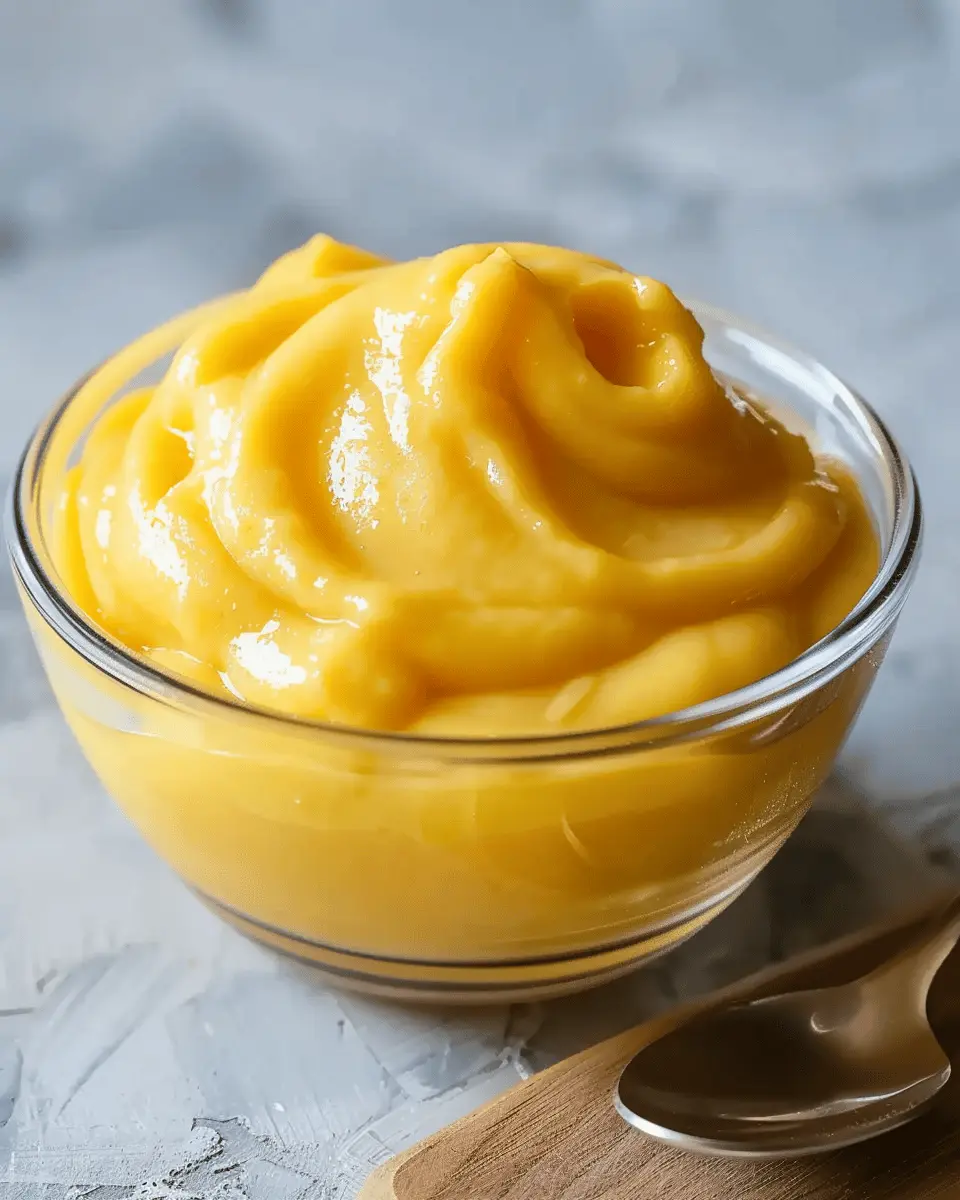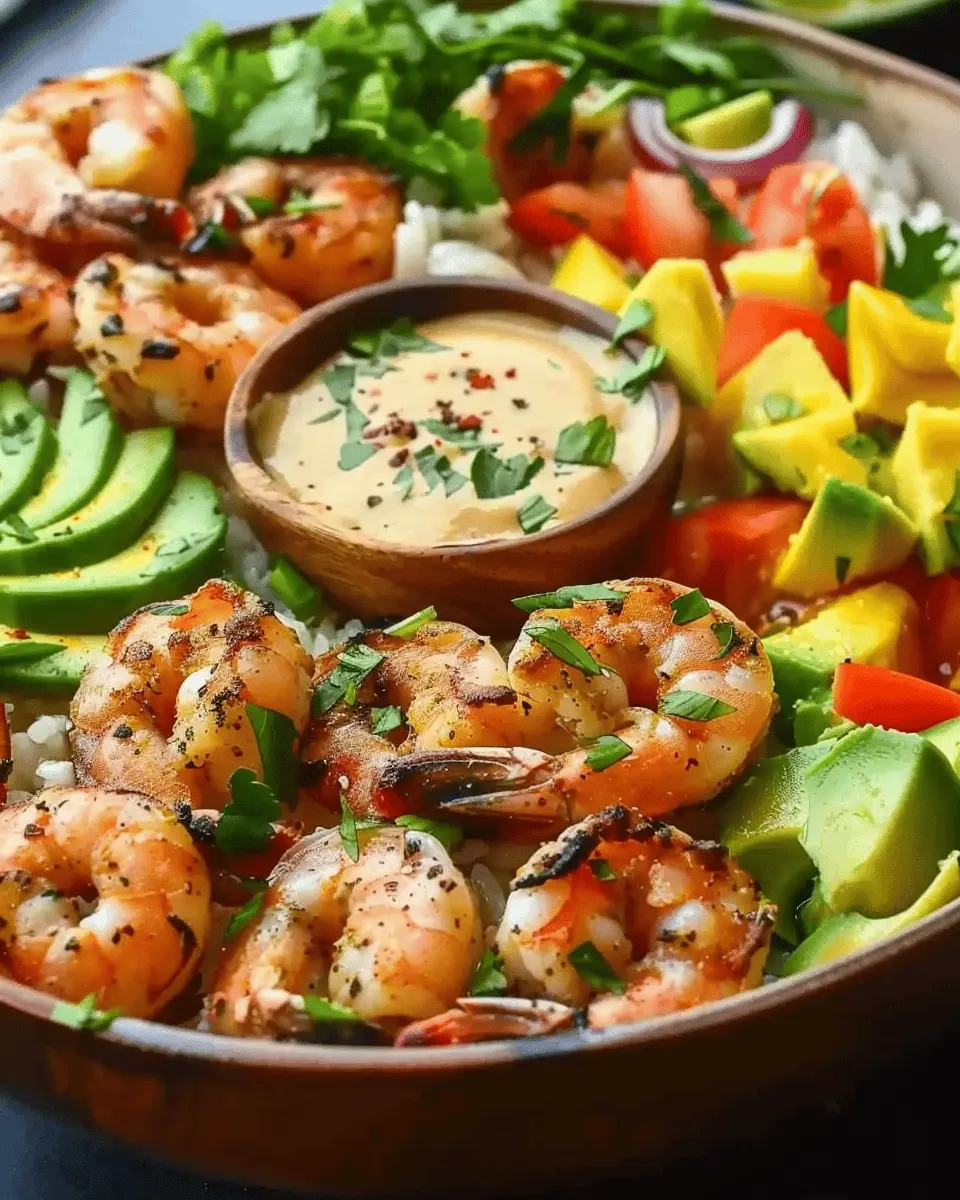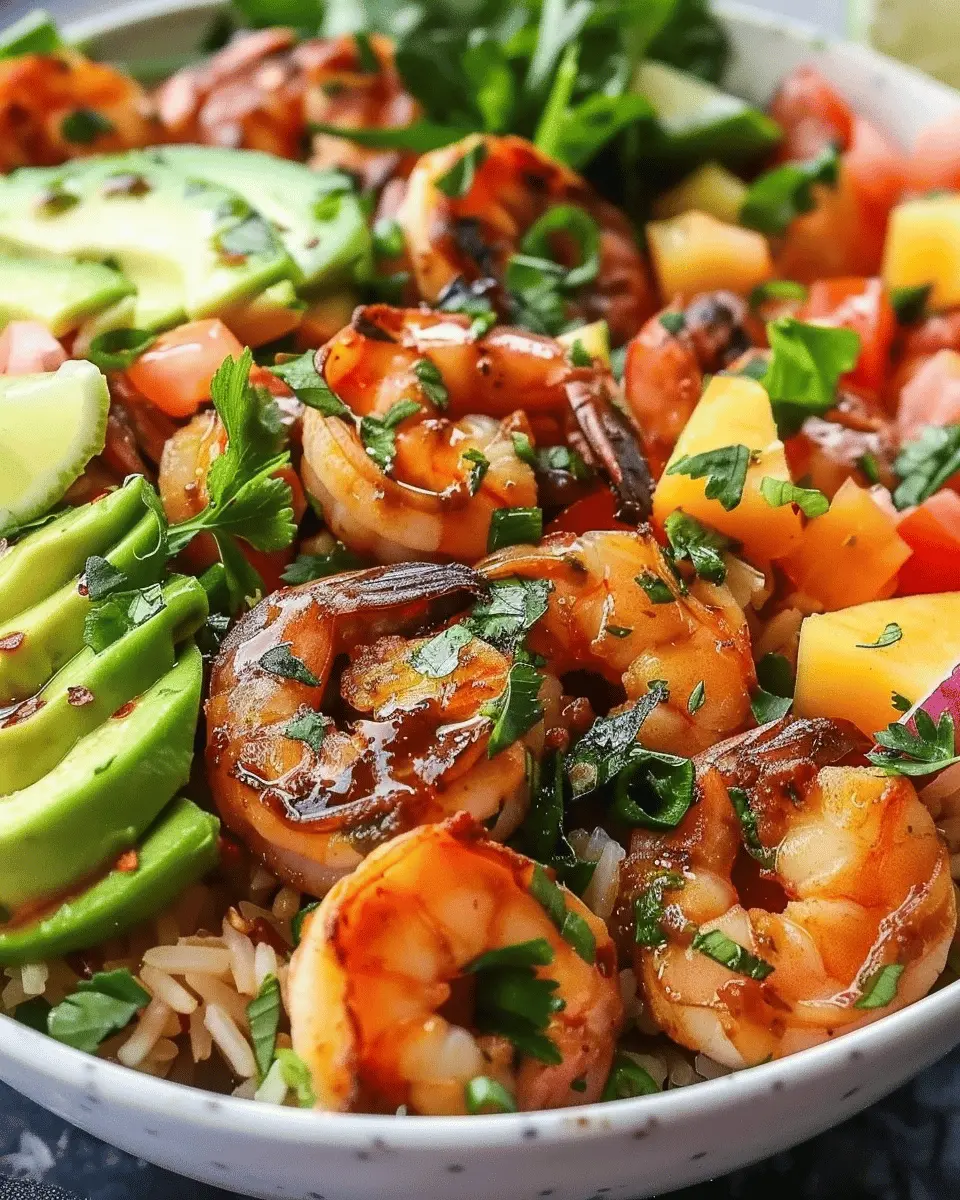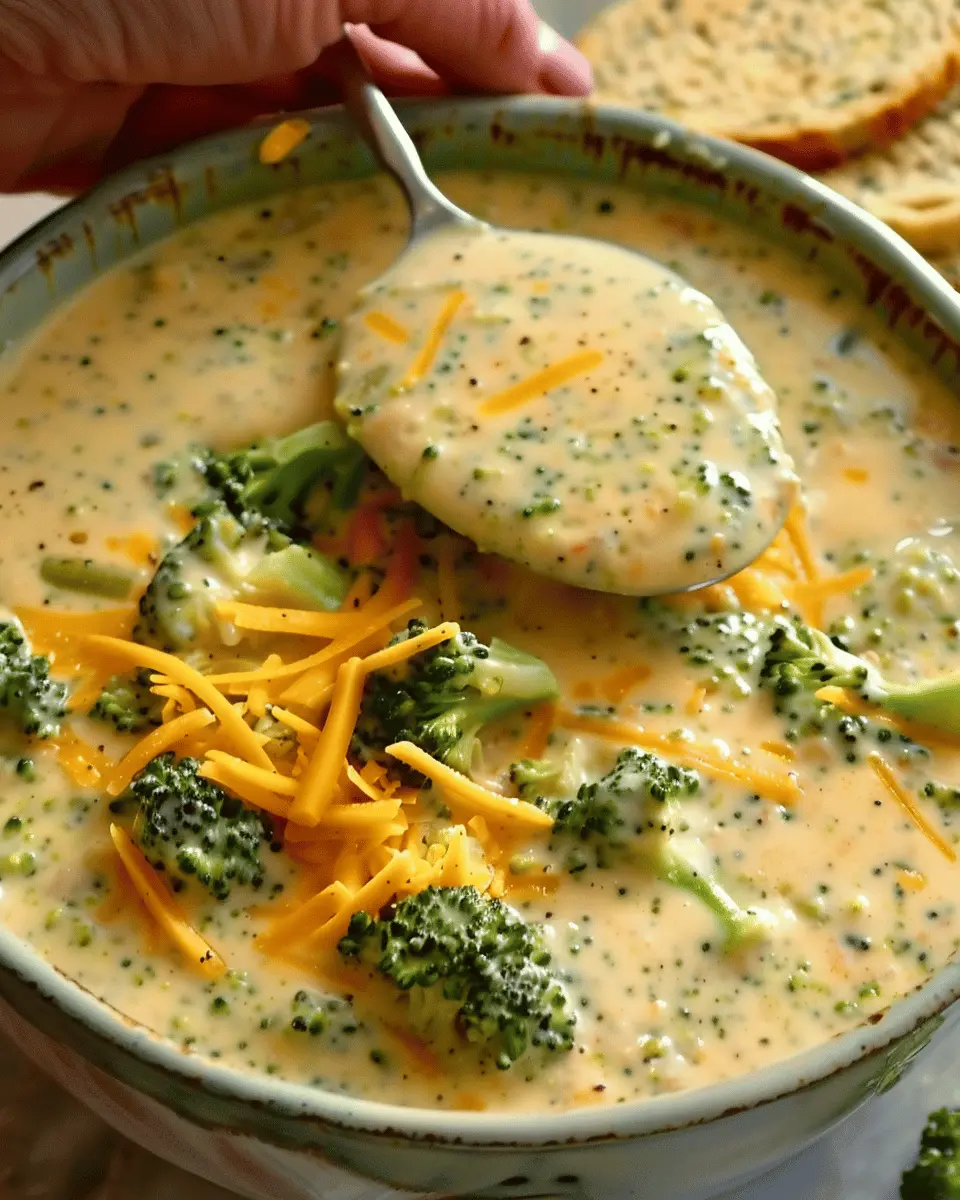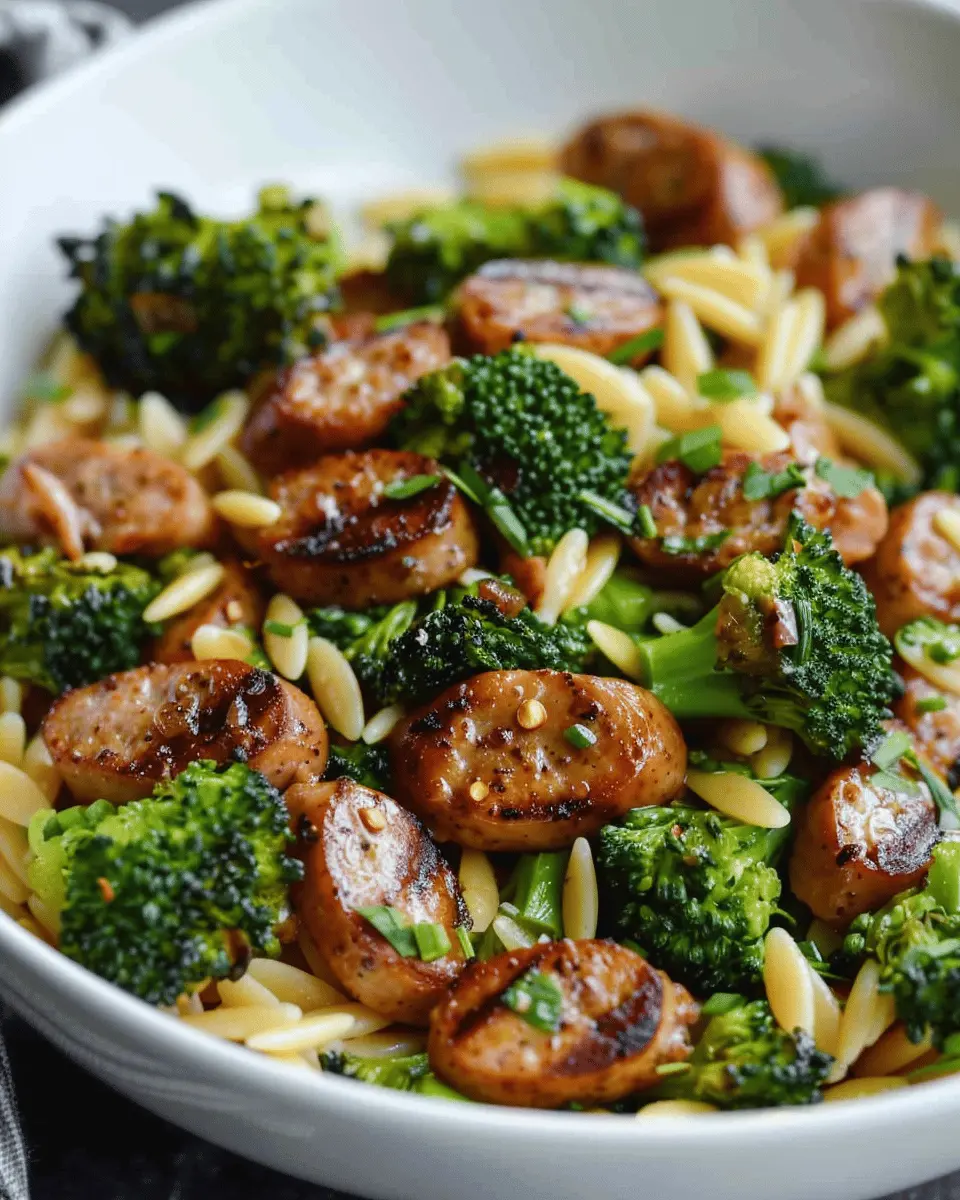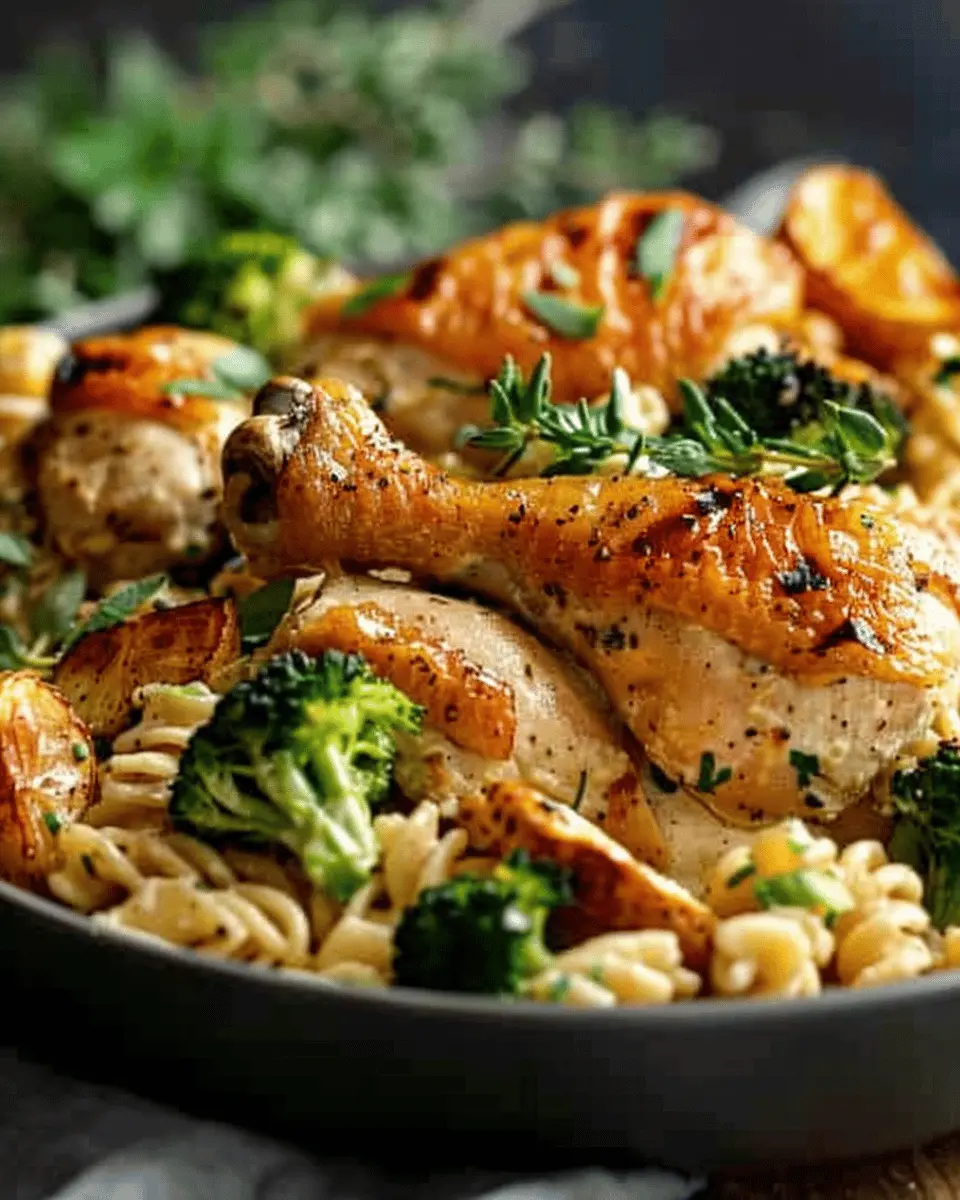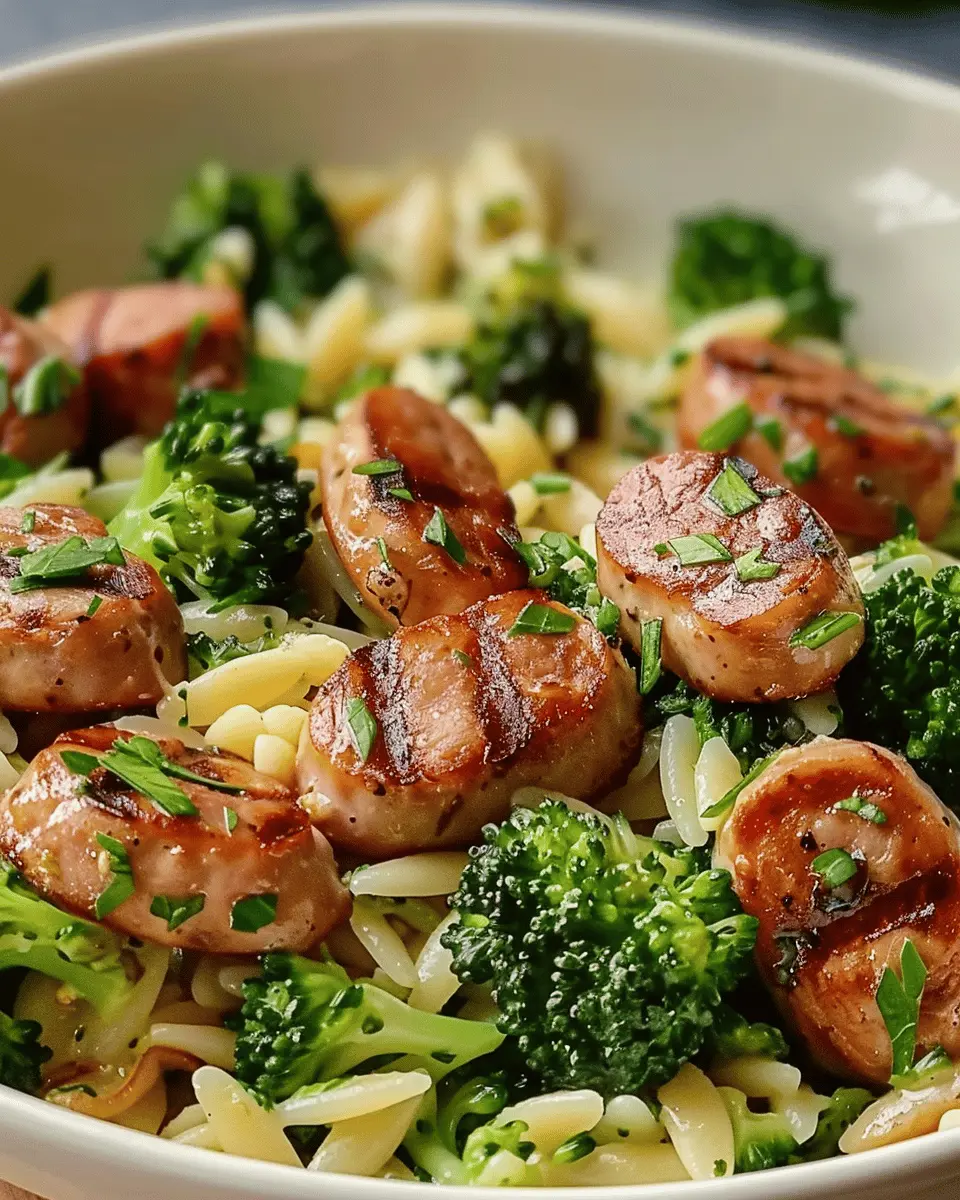Introduction to Pasta Primavera
Pasta Primavera is more than just a dish; it’s a celebration of fresh, vibrant vegetables and homemade goodness that brings joy to your dining table. This delightful meal, often associated with the sunny flavors of spring, captures the essence of seasonal produce and combines it beautifully with the comforting embrace of pasta.
The Joy of Making Pasta from Scratch
Have you ever tried making your own pasta? If not, you’re missing out on a culinary experience that’s both rewarding and surprisingly easy. Fresh pasta has a unique texture and flavor that store-bought versions simply can’t replicate. Plus, the process can be a lovely way to unwind after a busy day.
-
Simple Ingredients: All you need is flour, eggs, and a sprinkle of salt. That’s it! You might be surprised to learn that making fresh pasta doesn’t require fancy equipment—just a rolling pin and a sharp knife can do the trick.
-
Quality Control: When you prepare pasta from scratch, you get to control every aspect of the process. From choosing the type of flour to adjusting the thickness, you can personalize it to your taste. And trust us, there’s a sense of pride that comes with serving your own creation, especially when paired with vibrant veggies for your Pasta Primavera.
Many chefs and home cooks alike rave about the wholesome qualities of seasonal ingredients. Sources like BBC Good Food emphasize how incorporating fresh vegetables not only enhances the dish but also packs it with essential nutrients. Did you know that colorful veggies like bell peppers, zucchini, and cherry tomatoes are loaded with vitamins and minerals? It’s a win-win situation: flavorful meals and healthier choices.
Ultimately, making Pasta Primavera from scratch is not just about the food; it’s about the experience. Whether you’re cooking solo while listening to your favorite playlist, or inviting friends over for a pasta night, the process invites creativity and camaraderie into your kitchen. So, are you ready to embrace the joy of Pasta Primavera? Grab your apron, and let’s get started!
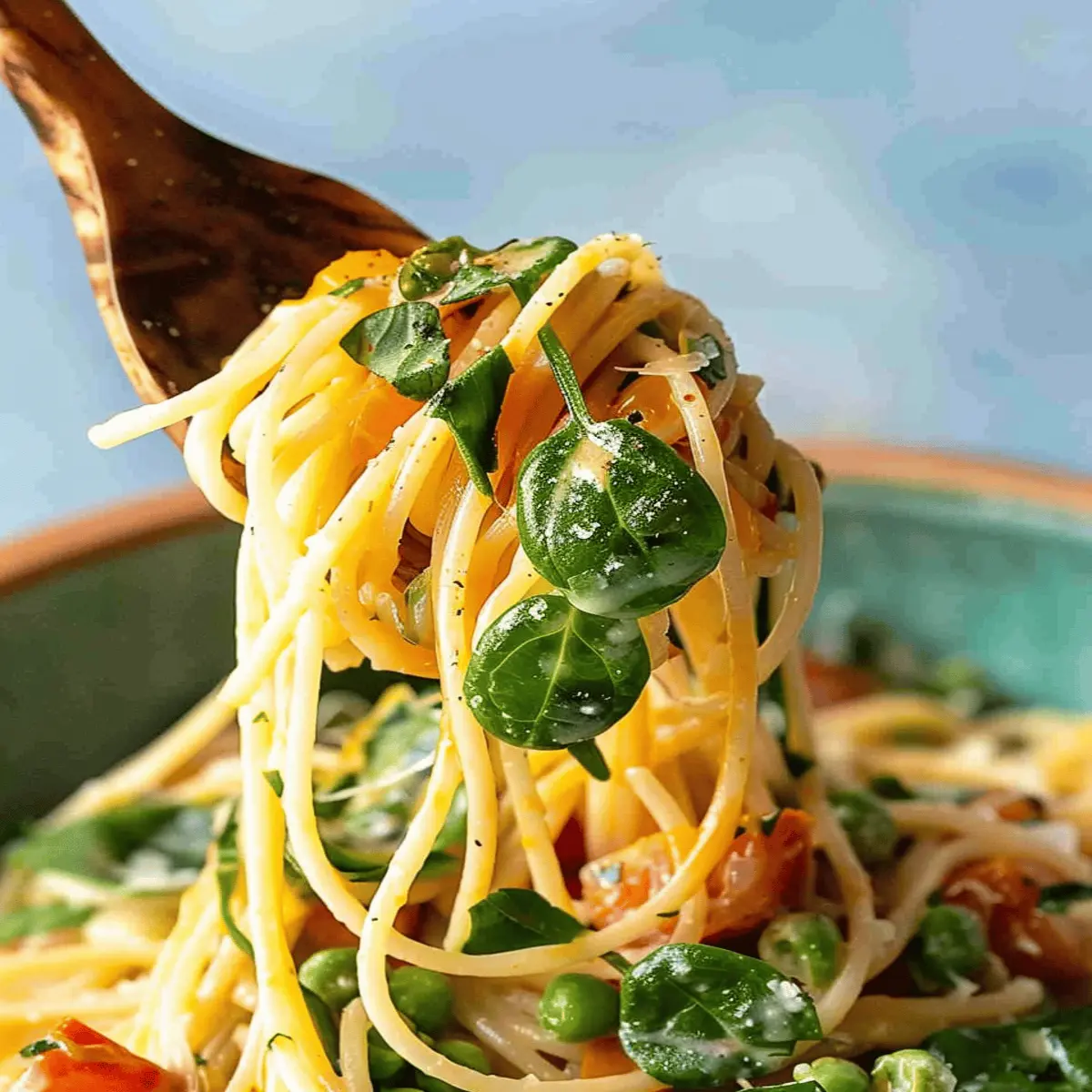
Ingredients for Pasta Primavera
Essential ingredients for a fresh dish
To create a vibrant Pasta Primavera, you’ll need some key ingredients that scream freshness and flavor. Here’s what you’ll want to gather:
- Pasta: Choose your favorite type—spaghetti, penne, or whole wheat for a healthier twist.
- Seasonal Vegetables: Bell peppers, zucchini, cherry tomatoes, broccoli, and spinach are perfect for a colorful mix.
- Olive Oil: A good quality extra virgin olive oil enhances the taste beautifully.
- Garlic: A couple of cloves minced for that aromatic base.
- Parmesan Cheese: Freshly grated adds a savory touch.
Suggested add-ins for added flavor
Want to elevate your Pasta Primavera? Consider these delectable add-ins:
- Herbs: Fresh basil or parsley brings a lovely aroma.
- Protein: Grilled chicken, shrimp, or chickpeas make it heartier.
- Nuts: Pine nuts or walnuts offer a crunchy contrast.
- Spices: A pinch of red pepper flakes can add a nice kick.
Feeling adventurous? Try incorporating some more unique options like artichokes or asparagus. You can always learn more about seasonal veggies through EatFresh for inspiration!
With this lineup, you’ll have a delightful, nutritious dish that not only satisfies but also impresses. Get creative and make it your own!
Preparing Pasta Primavera
When it comes to whipping up a delightful meal that celebrates fresh, vibrant flavors, Pasta Primavera is a go-to dish. This Italian classic is a superb way to enjoy a variety of seasonal vegetables while satisfying your cravings for a comforting pasta dish. Let’s look at how to prepare this beautiful plate step by step.
Gather your ingredients
Before diving into cooking, it’s crucial to gather all your ingredients. This ensures a smooth cooking process and prevents any last-minute scrambling. Here’s what you’ll need:
- Pasta: Choose your favorite type, like penne or spaghetti; aim for about 8 ounces.
- Vegetables: Fresh zucchini, bell peppers, cherry tomatoes, carrots, and broccoli are fantastic options. Use about 2 cups total.
- Olive oil: For sautéing the veggies (1-2 tablespoons).
- Garlic: A couple of cloves, minced for that aromatic touch.
- Parmesan cheese: Freshly grated (for serving).
- Herbs: Fresh basil and parsley work wonderfully or consider dried herbs like oregano.
- Salt and pepper: To taste.
Feel free to customize the vegetable selection based on what’s in season or what you have on hand. For an in-depth look at seasonal produce availability, check out the USDA’s guide on seasonal fruits and vegetables.
Cook the pasta to perfection
Cooking pasta perfectly is essential to elevate your Pasta Primavera. Start by bringing a large pot of salted water to a rolling boil. By salting the water, you’ll ensure your pasta has flavor from the inside out.
- Add the pasta to the boiling water and cook according to the package instructions, typically around 8-12 minutes for dried pasta.
- Stir occasionally to prevent sticking.
- Once cooked al dente (firm with a slight bite), reserve about a cup of the pasta water, then drain the pasta and set it aside.
A quick tip: If you want to infuse some flavor into your pasta, try cooking it in vegetable broth instead of plain water.
Sauté the vegetables
Now it’s time to bring some vibrancy to your dish by sautéing the vegetables. This step is where you can truly showcase the season’s best offerings.
- In a large skillet or pan, heat the olive oil over medium heat.
- Add the minced garlic to the pan first, letting it cook for about 30 seconds until fragrant — but don’t let it burn.
- Next, toss in your chopped vegetables. Start with those that take longer, like carrots and broccoli, for about 4-5 minutes. Add softer vegetables, like bell peppers and zucchini, and sauté for another 3-4 minutes until everything is tender but still crisp.
- Season with salt and pepper to taste.
This method of cooking helps seal in the natural sugars and flavors of the veggies, making your Pasta Primavera truly shine.
Combine pasta with vegetables and sauce
Once your vegetables have been sautéed, it’s time to unite all the flavors.
- Add the drained pasta to the skillet with the sautéed vegetables.
- If you like, blend in a splash of the reserved pasta water to help bind everything together.
- For an extra layer of flavor, consider adding a drizzle of olive oil or a simple sauce (like marinara) to the mix. Toss everything gently to combine.
This marriage of pasta and vegetables creates a colorful and hearty dish that’s packed with nutrients.
Garnish and serve
Finally, let’s finish your Pasta Primavera.
- Transfer the dish to serving plates and sprinkle freshly grated Parmesan cheese on top.
- Add a sprinkle of fresh herbs — basil, parsley, or even some red pepper flakes for a kick.
- Serve immediately for the best experience!
And there you have it, a simple yet impressive Pasta Primavera that’s wholesome and delicious. Enjoy your meal as a dinner centerpiece or as a delightful lunch option. Don’t be afraid to experiment with flavors and textures as you become more comfortable with this versatile dish!
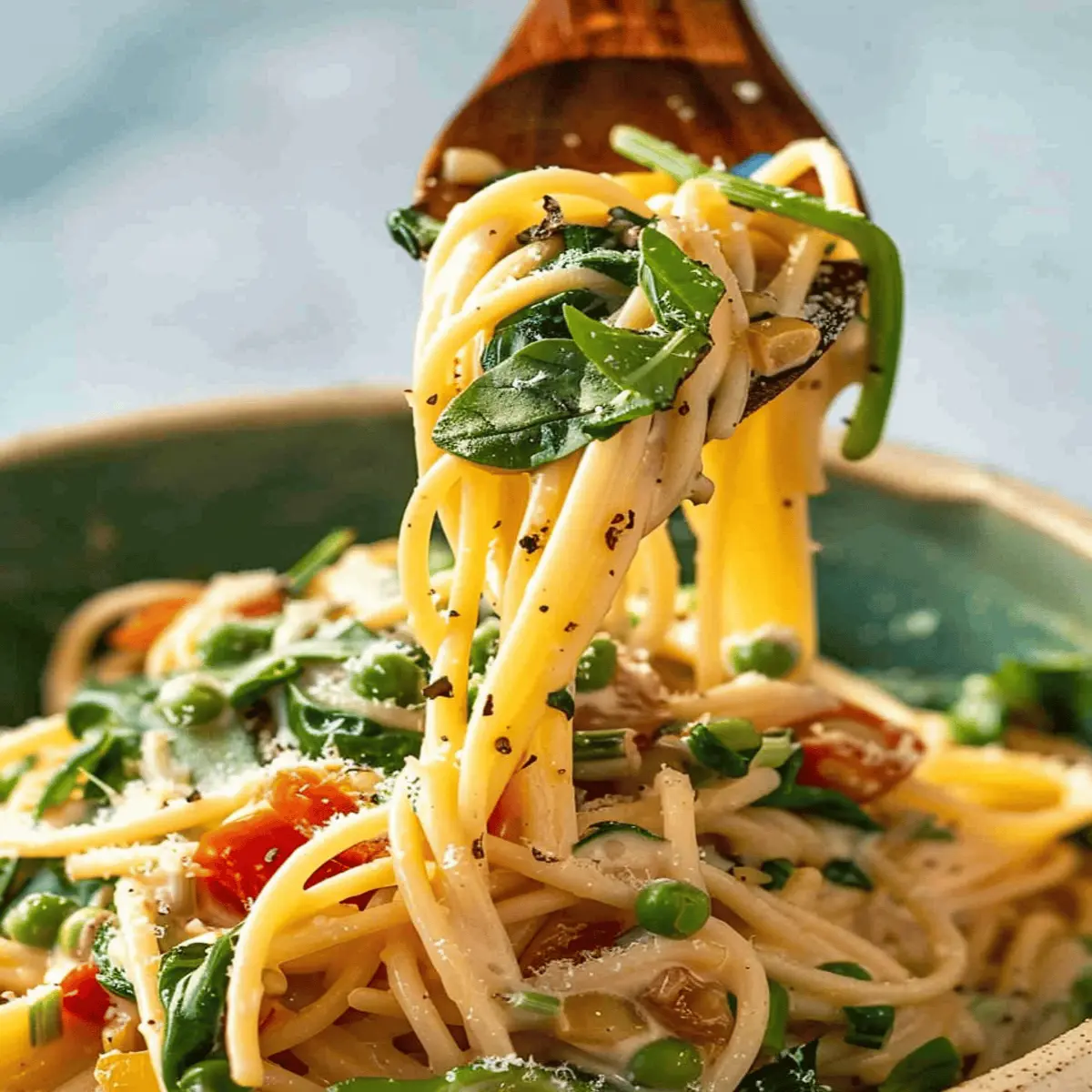
Variations on Pasta Primavera
Creamy Pasta Primavera
If you’re a fan of rich, velvety sauces, you might enjoy a creamy twist on traditional Pasta Primavera. Consider adding a splash of heavy cream or a dollop of mascarpone cheese to your dish. This not only enhances the flavor but also elevates the texture of your pasta, making it a true comfort food. A sprinkle of Parmesan cheese and some fresh herbs can take this version to the next level. For a quick, homemade cream sauce, try this simple recipe that combines heavy cream, garlic, and a touch of lemon zest – it’s a game-changer!
Gluten-Free Options
For those with dietary restrictions, don’t fret! There are plenty of gluten-free alternatives that work wonderfully in Pasta Primavera. Opt for gluten-free pasta made from brown rice or quinoa, which still packs a punch of flavor and texture. Explore the world of vegetable noodles by using a spiralizer to create zucchini or carrot noodles for a low-carb, fresh take on your dish. Just like that, you can enjoy your favorite meal without compromising on health!
Seasonal Vegetable Mixes
The beauty of Pasta Primavera lies in its versatility; you can customize it based on the season’s freshest produce. Think of adding vibrant spring veggies like asparagus and peas, or opt for sweet summer favorites like bell peppers and cherry tomatoes. Not only does this make your dish visually appealing, but it also allows you to savor the unique flavors that each season offers. To find out what’s in-season in your area, check out resources like The Seasonal Food Guide.
Whether you’re aiming for creamy indulgence, a gluten-free meal, or a seasonal showcase, your Pasta Primavera can be tailored to suit any palate!
Cooking tips and notes for Pasta Primavera
Timing your pasta and veggies just right
When preparing Pasta Primavera, timing is everything. Start by cooking your pasta in generously salted water according to package instructions. This is crucial because perfectly cooked pasta enhances the dish’s texture. Meanwhile, sauté your vegetables, such as bell peppers and zucchini, until they’re vibrant and slightly tender. Aim to time it so that your pasta is just finishing cooking as your veggies reach that ideal point—this way, they’ll be perfectly combined in the final dish.
Choosing the best sauces
The choice of sauce can make or break your Pasta Primavera. A light garlic and olive oil base works wonders, allowing the fresh flavors of the vegetables to shine. Alternatively, you could opt for a creamy sauce for added richness. If you’re looking for inspiration, check out reputable sources like Bon Appétit for unique sauce ideas. Don’t forget to season generously with salt and pepper—it’s the little things that elevate this dish!
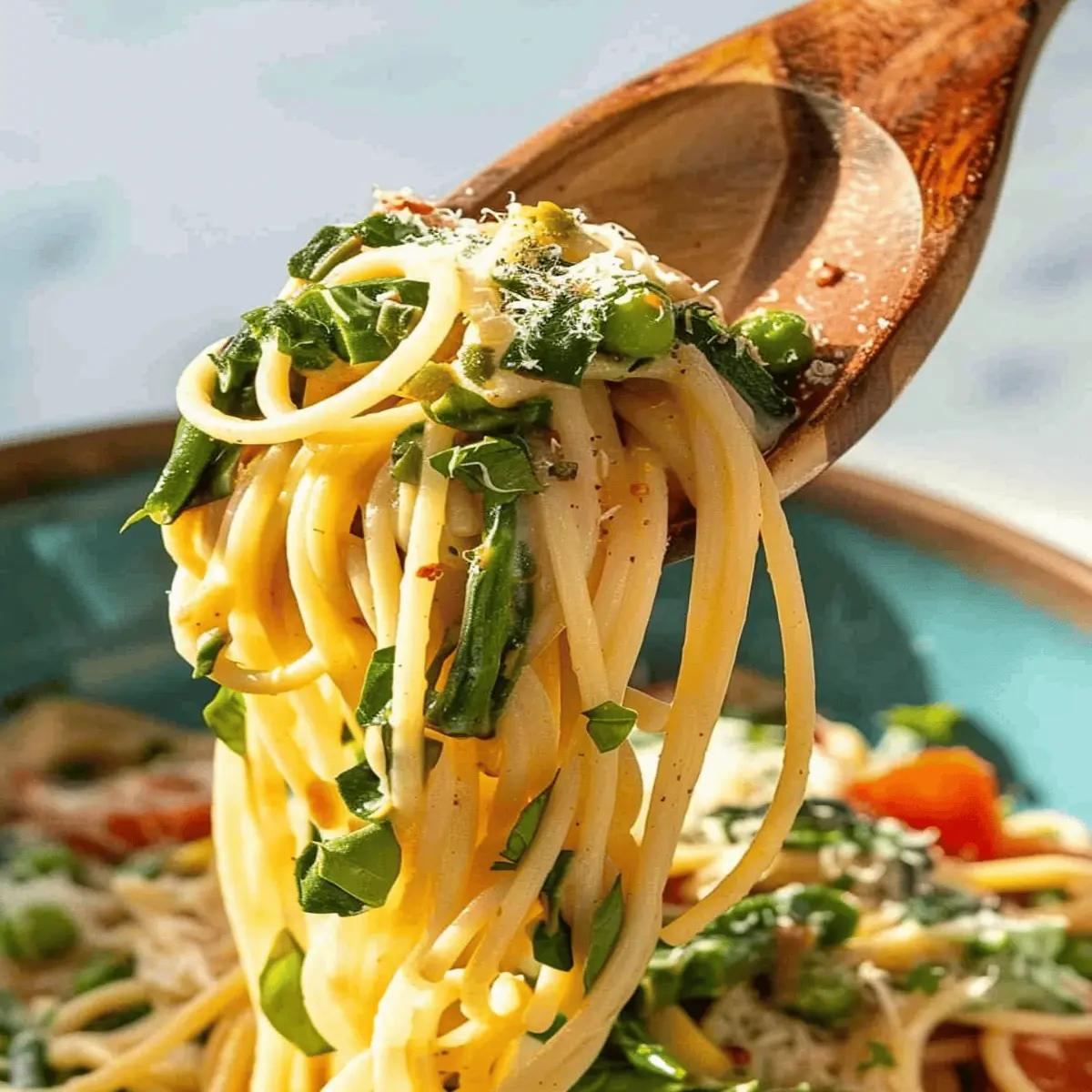
Serving suggestions for Pasta Primavera
Ideal pairings with proteins
When enjoying your Pasta Primavera, consider adding protein to elevate the dish. Grilled chicken or shrimp can complement the vibrant vegetables beautifully, providing a satisfying texture contrast. If you’re in the mood for something vegetarian, roasted chickpeas are a fantastic option. They add a delightful crunch and a rich source of plant-based protein. A sprinkle of feta or parmesan cheese can also enhance flavors, bringing a creamy richness that ties everything together.
Presentation tips for a vibrant dish
How you serve your Pasta Primavera can make all the difference. Here are some tips to elevate your presentation:
- Color contrast: Use colorful vegetables like bell peppers, cherry tomatoes, and zucchini. A mix of colors not only looks appealing but also enhances the nutritional value.
- Garnishing: Fresh herbs like basil or parsley sprinkled on top can add a pop of color and flavor.
- Serving bowl: Opt for a wide, shallow bowl to showcase the lively colors of the pasta and vegetables.
Serving your Pasta Primavera this way not only impresses your guests but also whets their appetites. Want to know more? Check out tips from sources like Bon Appétit for culinary inspiration!
Time breakdown for Pasta Primavera
Preparation time
When you’re ready to whip up a delightful Pasta Primavera, set aside around 15-20 minutes for preparation. This includes gathering all your fresh ingredients—think colorful bell peppers, zucchini, and cherry tomatoes—and chopping them into bite-sized pieces. Not sure if you’re ready for the chopping? Check out this guide on how to chop veggies efficiently.
Cooking time
Once everything is prepped, the cooking will only take about 10-15 minutes. Start by boiling your pasta, then sauté the vegetables in a pan with a splash of olive oil. The vivid colors of the vegetables will be a joy to see in your kitchen.
Total time
In total, you’re looking at around 30-35 minutes from start to finish. That’s impressively quick for a dish that’s bursting with flavor and nutrients! You can enjoy your Pasta Primavera on a busy weeknight or impress guests with this gorgeous dish on the weekend. Happy cooking!
Nutritional facts for Pasta Primavera
Caloric overview
When it comes to delicious meals, Pasta Primavera is a winner that doesn’t skimp on flavor. With a serving size of around 1 cup, you’re looking at an average of 250-300 calories. This makes it a fantastic option for anyone looking to enjoy a satisfying dish without going overboard on caloric intake. It’s a great way to incorporate those vibrant veggies and feel good about your meal choice!
Macronutrient breakdown
Here’s how the nutritional bits break down for Pasta Primavera:
- Carbohydrates: Approximately 40-50g
- Protein: Roughly 8-12g
- Fats: Around 5-10g
This veggie-packed pasta is not only low in fat but also rich in fiber, thanks to the colorful assortment of vegetables you’ll toss in. Research shows that including fiber in your diet can aid in digestion and help maintain a healthy weight (source: Harvard Health). Plus, the protein helps keep you full longer, making Pasta Primavera not just a meal but a resource for a balanced diet.
So, next time you’re craving something light yet fulfilling, remember that Pasta Primavera could be your go-to dish that truly nourishes both body and soul!
FAQs about Pasta Primavera
Can I use leftover vegetables?
Absolutely! One of the best things about Pasta Primavera is its versatility. If you have leftover veggies in your fridge, feel free to toss them in. Whether it’s a half-used bell pepper, some wilted spinach, or a few baby carrots, it all works beautifully in this dish. Just remember to cut your veggies into similar sizes for even cooking. If you want to get creative, you can also check out tips on how to repurpose those leftovers here.
What type of pasta works best?
When it comes to choosing pasta for your Pasta Primavera, the sky’s the limit! Common choices include:
- Penne or Fusilli: These shapes hold on to sauce and veggies well.
- Spaghetti or Linguine: Perfect for a lighter touch, ideal if you prefer long strands.
- Whole Wheat or Gluten-Free: Great alternatives if you’re looking for healthier options.
Ultimately, choose what you love best! If you’re unsure, a nice al dente penne never disappoints and can add a pleasing bite to your meal.
How can I make it vegan-friendly?
Making your Pasta Primavera vegan is simple and delicious! Here’s how:
- Swap dairy: Use plant-based alternatives for cheese. Nutritional yeast adds a cheesy flavor without dairy.
- Use vegetable broth: Instead of chicken broth, opt for vegetable broth to sauté your veggies.
- Load up on veggies: The heart of Pasta Primavera is the veggies, so feel free to experiment with whatever’s in season.
Making these tweaks not only adheres to a vegan lifestyle but also ensures a fresh, vibrant flavor that everyone can enjoy! For more tips on plant-based cooking, check out this article.
Conclusion on Pasta Primavera
Pasta Primavera is not just a meal; it’s a celebration of fresh ingredients and vibrant flavors that will brighten any dinner table. This dish’s appeal lies in its versatility—easily adaptable to various dietary preferences while still delivering on taste.
Don’t hesitate to try Pasta Primavera at home! With so many colorful vegetables and simple preparation, it’s an inviting choice for busy weeknights or casual gatherings.
For inspiration, consider exploring experts at Food Network or Bon Appétit for additional tips on ingredient pairings. Your kitchen deserves the joy that comes from this delicious, wholesome dish!
PrintPasta Primavera: The Easy, Colorful Twist Your Platter Needs
Pasta Primavera is a delightful and colorful dish that brings together a variety of fresh vegetables and pasta. This easy recipe is perfect for any occasion, offering a vibrant addition to your dining table.
- Prep Time: 10 minutes
- Cook Time: 15 minutes
- Total Time: 25 minutes
- Yield: 4 servings 1x
- Category: Main Course
- Method: Stovetop
- Cuisine: Italian
- Diet: Vegetarian
Ingredients
- 8 ounces fettuccine or spaghetti
- 1 tablespoon olive oil
- 2 cloves garlic, minced
- 1 red bell pepper, sliced
- 1 zucchini, sliced
- 1 yellow squash, sliced
- 1 cup cherry tomatoes, halved
- 1/2 teaspoon salt
- 1/4 teaspoon black pepper
- 1/4 cup grated parmesan cheese
Instructions
- Cook the pasta according to package instructions until al dente. Drain and set aside.
- In a large skillet, heat olive oil over medium heat. Add minced garlic and sauté until fragrant.
- Add bell pepper, zucchini, and yellow squash to the skillet. Cook until vegetables are tender.
- Stir in the cherry tomatoes, salt, and pepper. Cook for an additional 2-3 minutes.
- Combine the cooked pasta with the vegetable mixture. Toss to combine.
- Serve hot, topped with grated parmesan cheese.
Notes
- This dish can be customized with any seasonal vegetables you have on hand.
- For a vegan version, omit the parmesan cheese or use a dairy-free substitute.
Nutrition
- Serving Size: 1 plate
- Calories: 350
- Sugar: 3 grams
- Sodium: 200 mg
- Fat: 9 grams
- Saturated Fat: 1.5 grams
- Unsaturated Fat: 7 grams
- Trans Fat: 0 grams
- Carbohydrates: 55 grams
- Fiber: 4 grams
- Protein: 12 grams
- Cholesterol: 5 mg
Keywords: Pasta Primavera, easy pasta recipes, colorful dishes

